Martin Margiela’s art rebirth: obsession, enigma and revelation
Elusive ‘anti-fashion’ designer Martin Margiela unveils his first show as a fully-fledged artist; It’s radical, renegade and full of surprises
Pierre Antoine - Photography
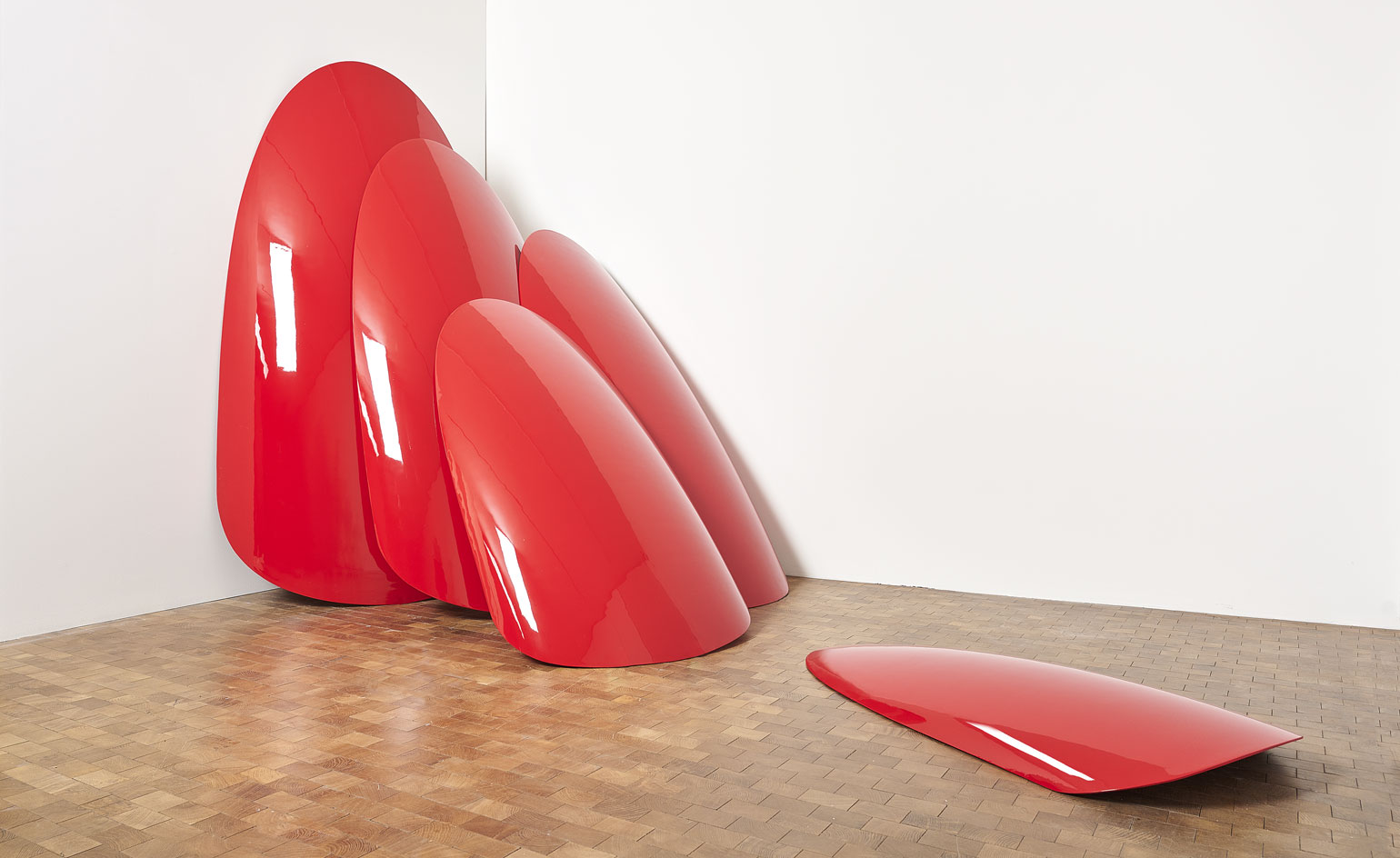
Martin Margiela, the famously invisible fashion designer of the 1990s and 2000s, is now equally invisible as an artist – which is apt, since visibility (or the lack thereof) is one of his favourite themes.
After pioneering a brilliantly radical view of ‘anti-fashion’ at the head of his eponymous clothing brand, then abruptly leaving the industry in 2009, Margiela is re-emerging on the scene with his first solo show as a fully-fledged artist. It runs through the end of the year at Lafayette Anticipations – Fondation d’entreprise Galeries Lafayette in Paris.
For Rebecca Lamarche-Vadel, the foundation’s director and curator of the show, ‘He has always been an artist.’ In fact, at age 16, Margiela attended art school in his native Belgium, before opting to pursue fashion. His approach to fashion was avant-garde, his runway shows unconventional. He rejected the cult of the designer, eschewing all photo ops and interviews, preferring that attention be focused on the work – a choice he still holds to today.
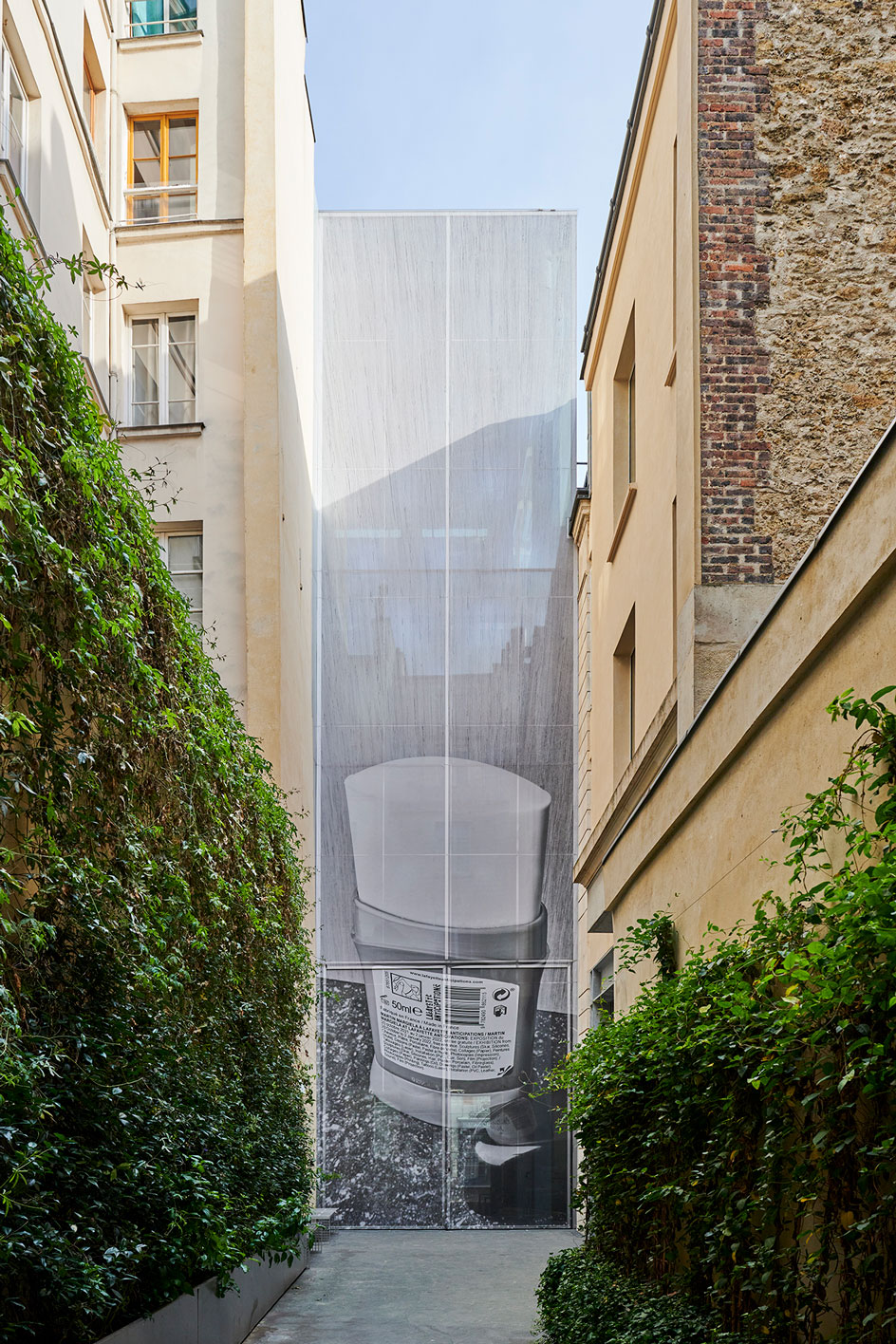
Martin Margiela, Déodorant, 2021, micro-perforated vinyl, Courtesy the artist and Zeno X Gallery, Antwerp. Produced by Lafayette Anticipations
This show is equally renegade, inviting visitors to enter through the emergency exit of the Rem Koolhaas-designed building, then to make their way through small spaces set up like a maze. At times, performers are on hand to unveil works as visitors walk by. Guillaume Houzé, president of Lafayette Anticipations, compares the whole experience to ‘walking through Margiela’s brain’.
Three years in the making, the exhibition comprises more than 20 works, spanning painting, sculpture, installation, collage and film. Margiela acolytes will recognise many of his obsessions – anonymity, vulnerability, transformation, body parts, hair.
According to Lamarche-Vadel, ‘the concept around all of this, that has been haunting Margiela for so long, is the question of how to give new attention and a new dignity to what we have marginalised, or what we are not able to recognise as worthy’. Indeed, the first thing visitors come across is a giant image of a deodorant stick covering one courtyard wall, an everyday object that industrialises the body, attempting to make it more desirable with an artificial scent.
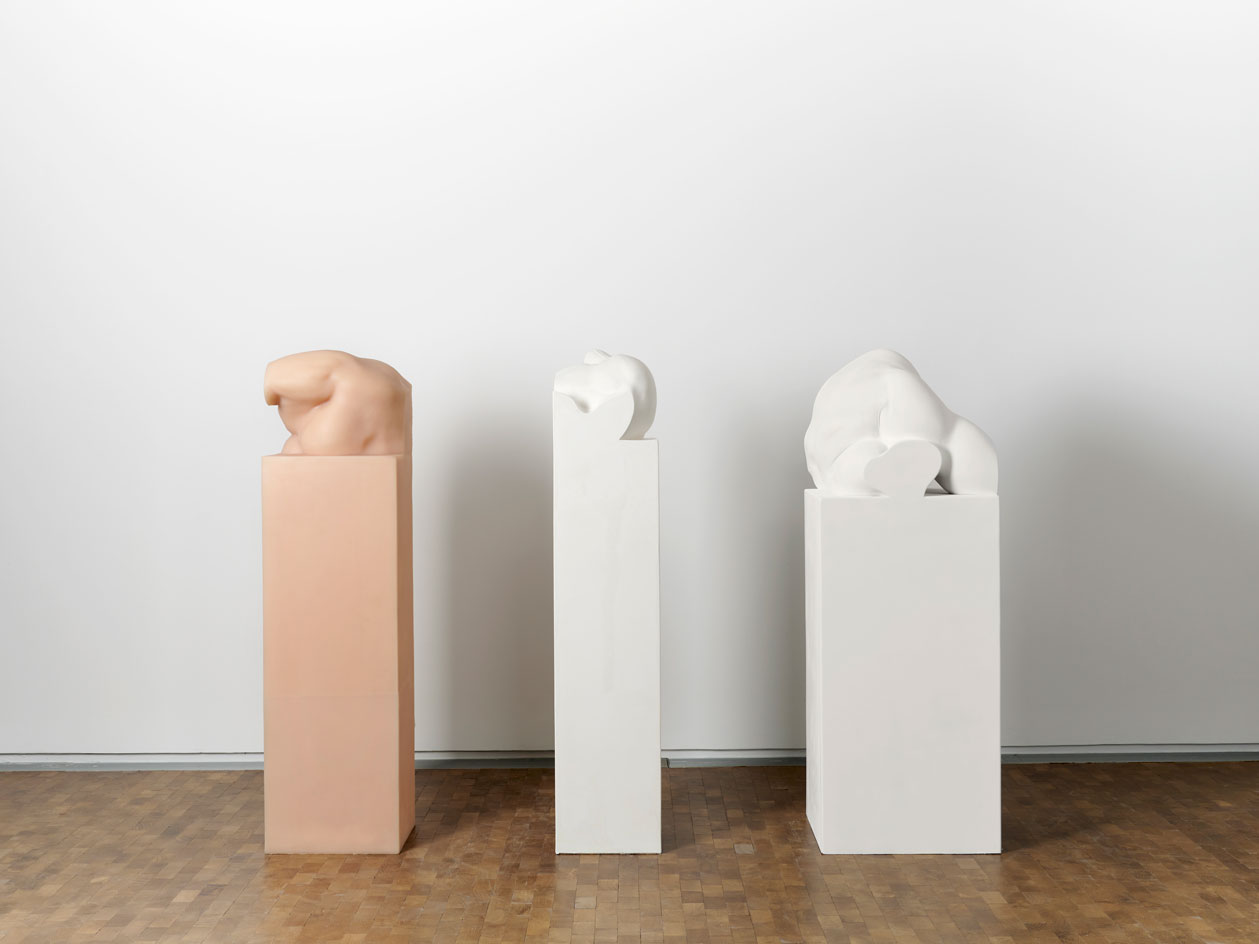
Martin Margiela, Série Torso, 2018-2021, Torso I, Torso III, Wood core and plaster; Torso II, Wood core, polyurethane foam, and silicone. Courtesy the artist and Zeno X Gallery, Antwerp. Produced by Lafayette Anticipations
Here and there among the artworks, there are blank, ochre-coloured squares on the walls. These reference works that supposedly exist, but are absent. Each has its own enigmatic label (and the imagination can’t help but be sparked by one that reads ‘Sans Titre, 2011 – washed-up beach sandals transformed into phallus.’)
As for the works we can actually see, Margiela took full advantage of the foundation’s production facilities, pushing its team’s technical know-how to the limit. Lamarche-Vadel says that for the past couple of years he spent several days on site every month, working with the production team on R&D, trying and failing until they achieved his very precise vision. For a work called Lip Sync, based on videos of lip reading for the deaf, he wanted to tattoo images of mouths onto skin-coloured silicone. This meant finding exactly the right density of silicone. And then, says Lamarche-Vadel, ‘It was an absolute nightmare to tattoo – the colour, the techniques, the small needles…’
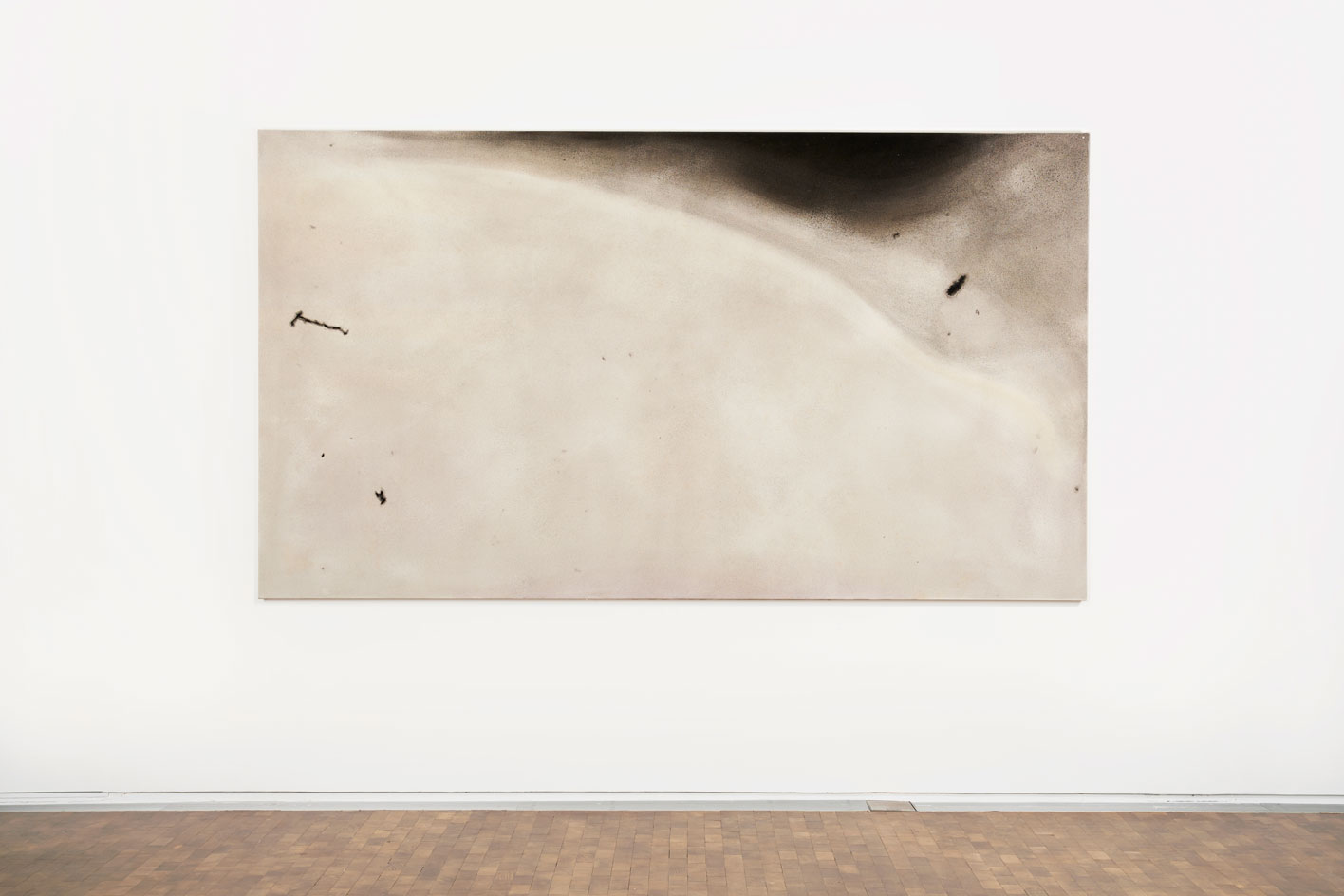
Martin Margiela, Film Dust, 2017-2021, Oil on microbead-coated canvas. Courtesy the artist and Zeno X Gallery, Antwerp. Produced by Lafayette Anticipations
For a series of paintings called Film Dust, Margiela focuses our attention on the tiny bits of dust that cling to Super-8 film, and that we normally overlook. He asked the production team to develop a surface with the grainy texture and luminosity of a movie screen. After months of experimentation, they came up with minuscule beads of glass melted on top of the canvas. Diluting oil paint like watercolour, Margiela painted enlarged specks of dust over the top.
Time – and our pathetic attempts to control it – is another important theme. His Bus Stop reinterprets a humble piece of street furniture where people spend a period of time they generally consider wasted. Fake fur transforms Margiela’s bus shelter from something cold and metallic into a warm, welcoming animal, while a glass vitrine gives it a precious quality.
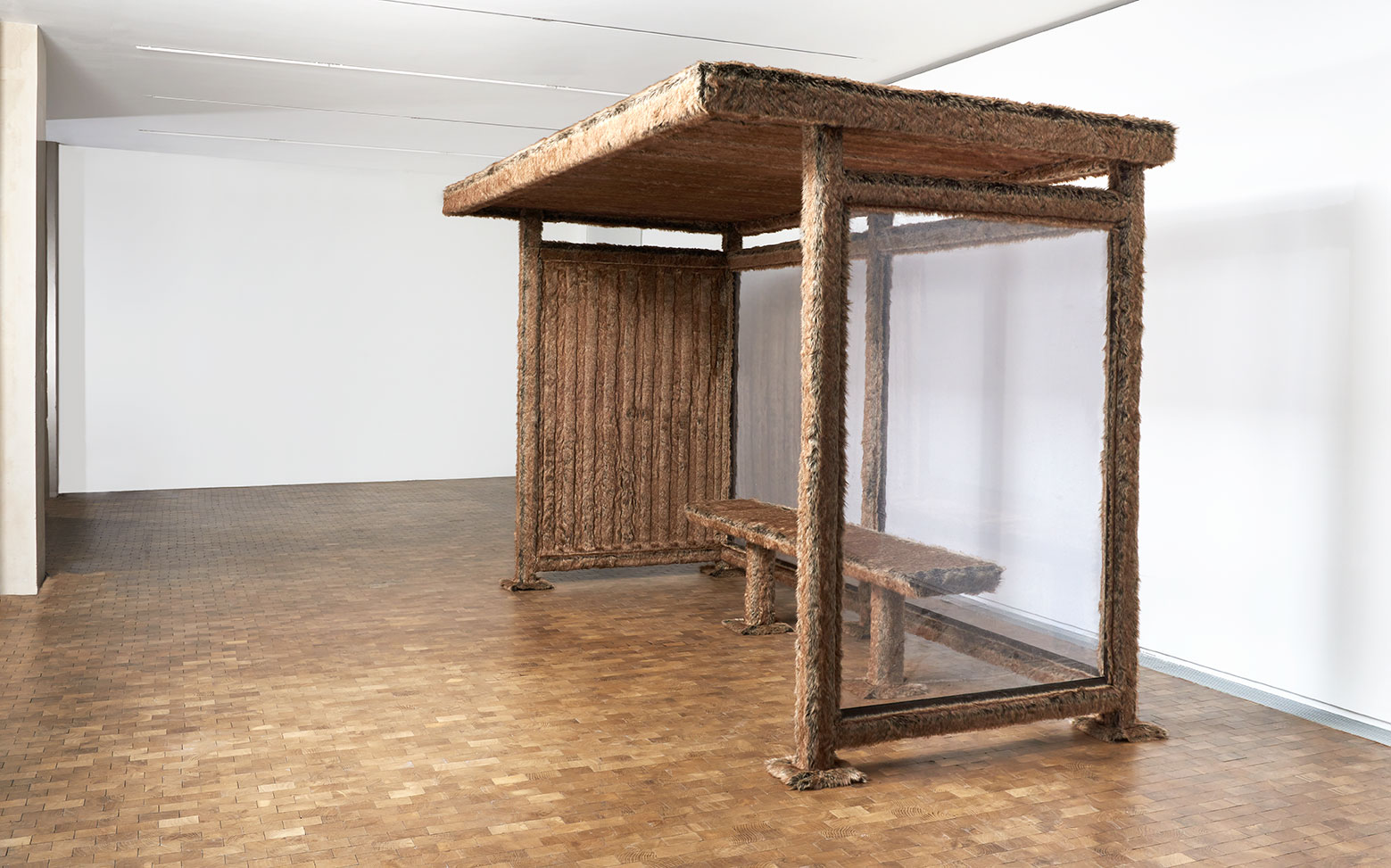
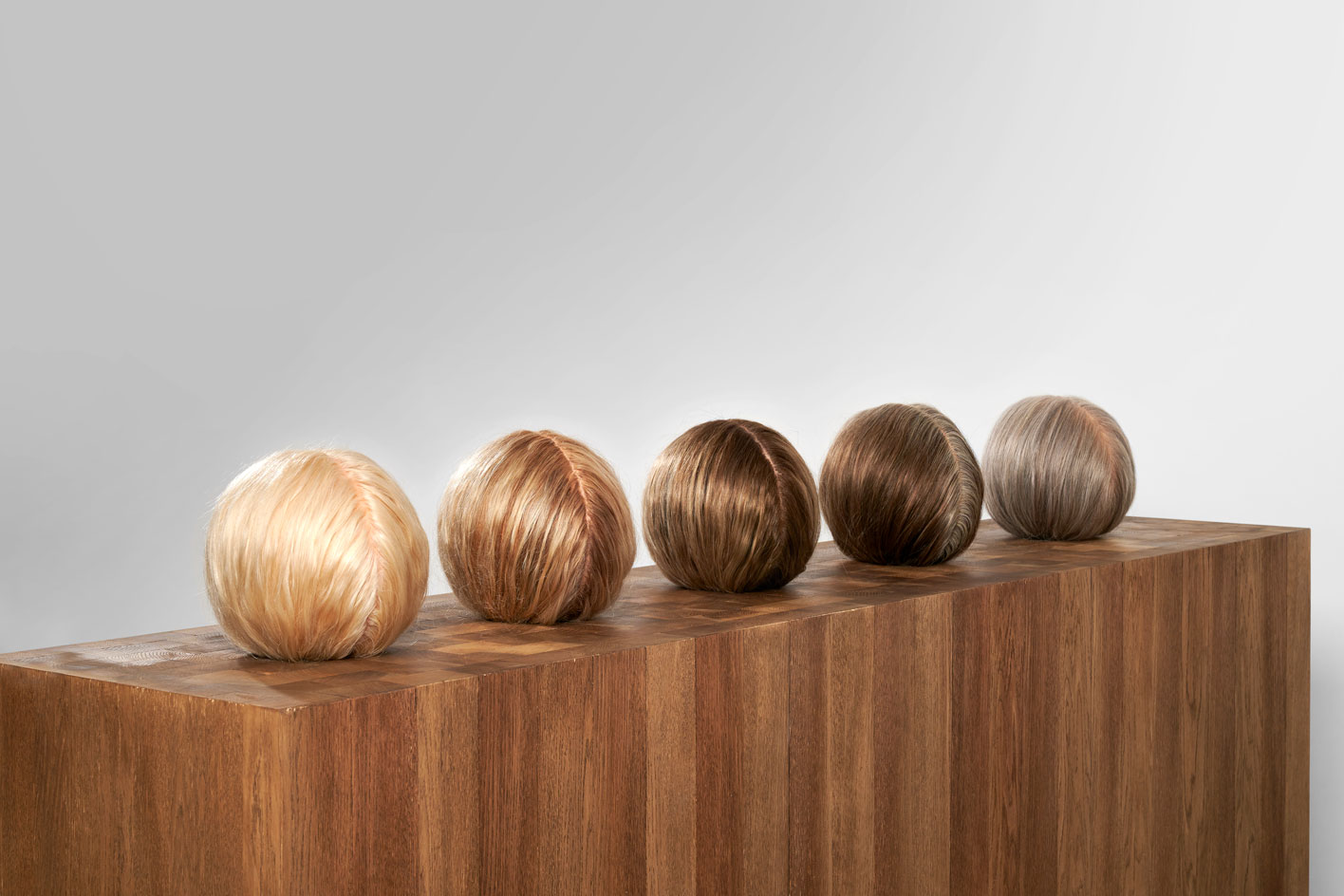
Top: Martin Margiela, Bus Stop, 2020, Metal, dirty Plexiglas, and synthetic fur. Above: Vanitas, 2019, Silicone and natural dyed hair. Courtesy the artist and Zeno X Gallery, Antwerp. Produced by Lafayette Anticipations
Margiela’s father was a hairdresser, and hair has always been a recurring motif in his work. He told Lamarche-Vadel that when visiting museums, he takes careful note of how the Masters painted. In this show, he covers faces with hair, plays with the repulsiveness of body hair, and explores how its colour represents the passage of time (and the ways that people try to master this transformation).
A work called Vanitas, named for a genre of 17th-century Dutch painting that evoked mortality and the futility of vanity, portrays a woman at different stages of her life. Five heads, perfect little spheres, are covered in real hair, the colour changing from blonde to a cheap-looking fake brown to grey. Margiela told Lamarche-Vadel he loves the last one the most, when the subject finally accepts the traces of age.
Fortunately, this is an artist who also believes in rebirth, having long worked with repurposed materials. This exhibition, Margiela’s own renaissance of sorts, certainly won’t be his last. ‘He’s incredibly productive,’ says Lamarche-Vadel. ‘He has thousands of ideas, and could do another five shows like this tomorrow.’
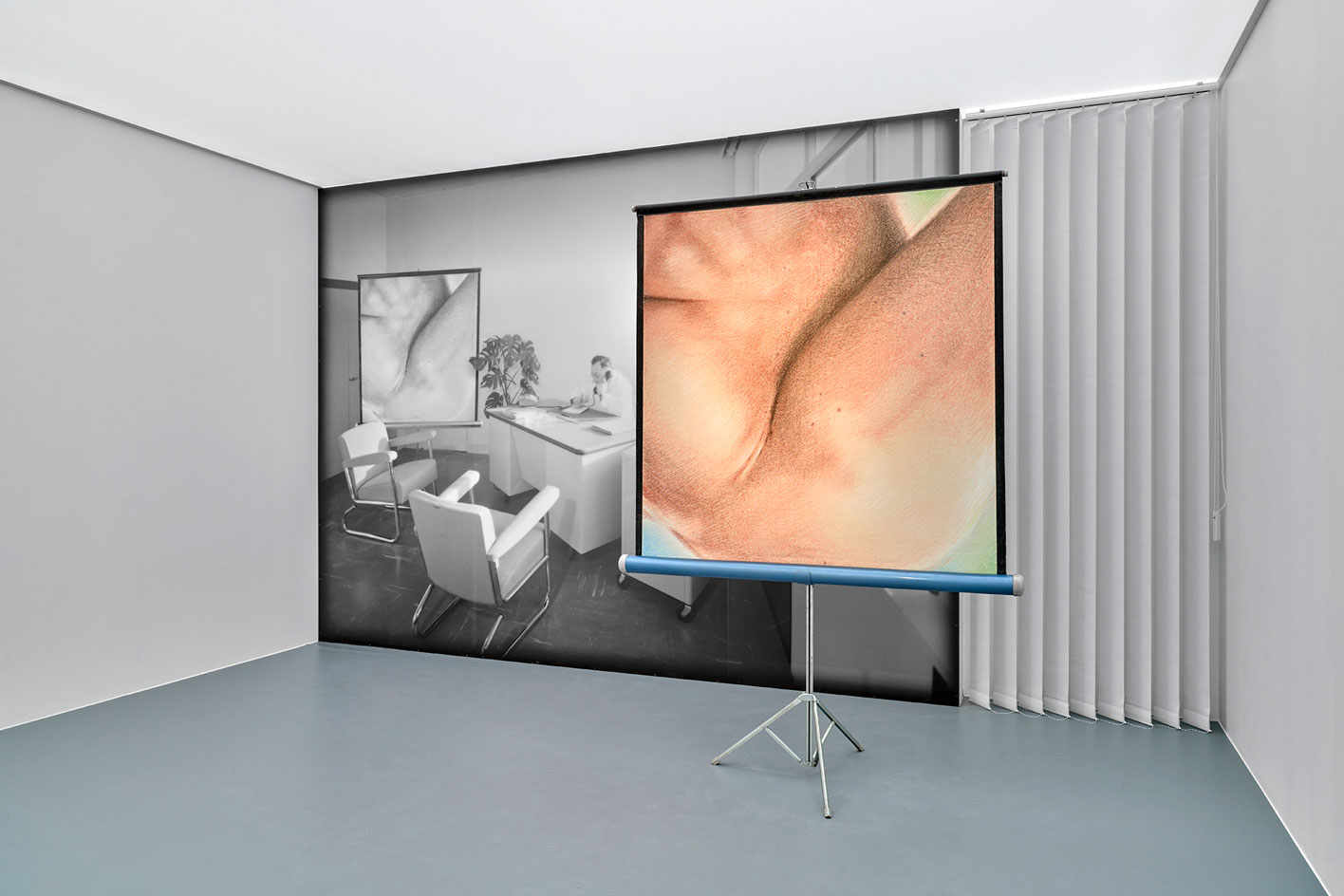
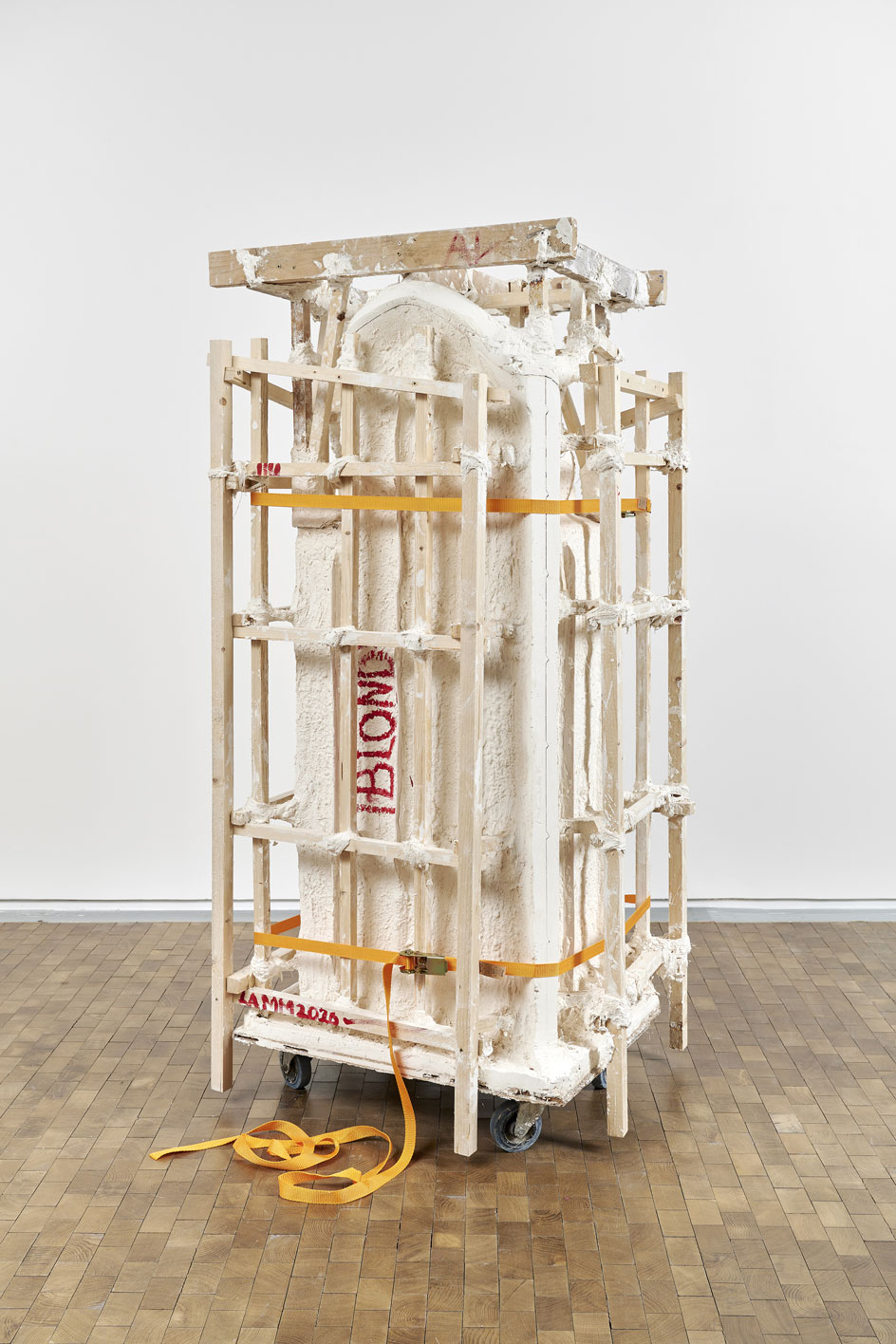
Top: Martin Margiela, Body Part, colour, 2019. Oil pastel on repurposed projector screen. Above: Mould(s), 2020, Plaster, wood, and acrylic paint. Courtesy the artist and Zeno X Gallery, Antwerp. Produced by Lafayette Anticipations
INFORMATION
Receive our daily digest of inspiration, escapism and design stories from around the world direct to your inbox.
Martin Margiela’s show is on view at Lafayette Anticipations – Fondation d’entreprise Galeries Lafayette, Paris until 2 January 2022, lafayetteanticipations.com
All of the artworks are for sale via the Zeno X Gallery (Antwerp), which is also showing some of Margiela’s works at FIAC, zeno-x.com
ADDRESS
9 Rue du Plâtre
75004 Paris
Amy Serafin, Wallpaper’s Paris editor, has 20 years of experience as a journalist and editor in print, online, television, and radio. She is editor in chief of Impact Journalism Day, and Solutions & Co, and former editor in chief of Where Paris. She has covered culture and the arts for The New York Times and National Public Radio, business and technology for Fortune and SmartPlanet, art, architecture and design for Wallpaper*, food and fashion for the Associated Press, and has also written about humanitarian issues for international organisations.
-
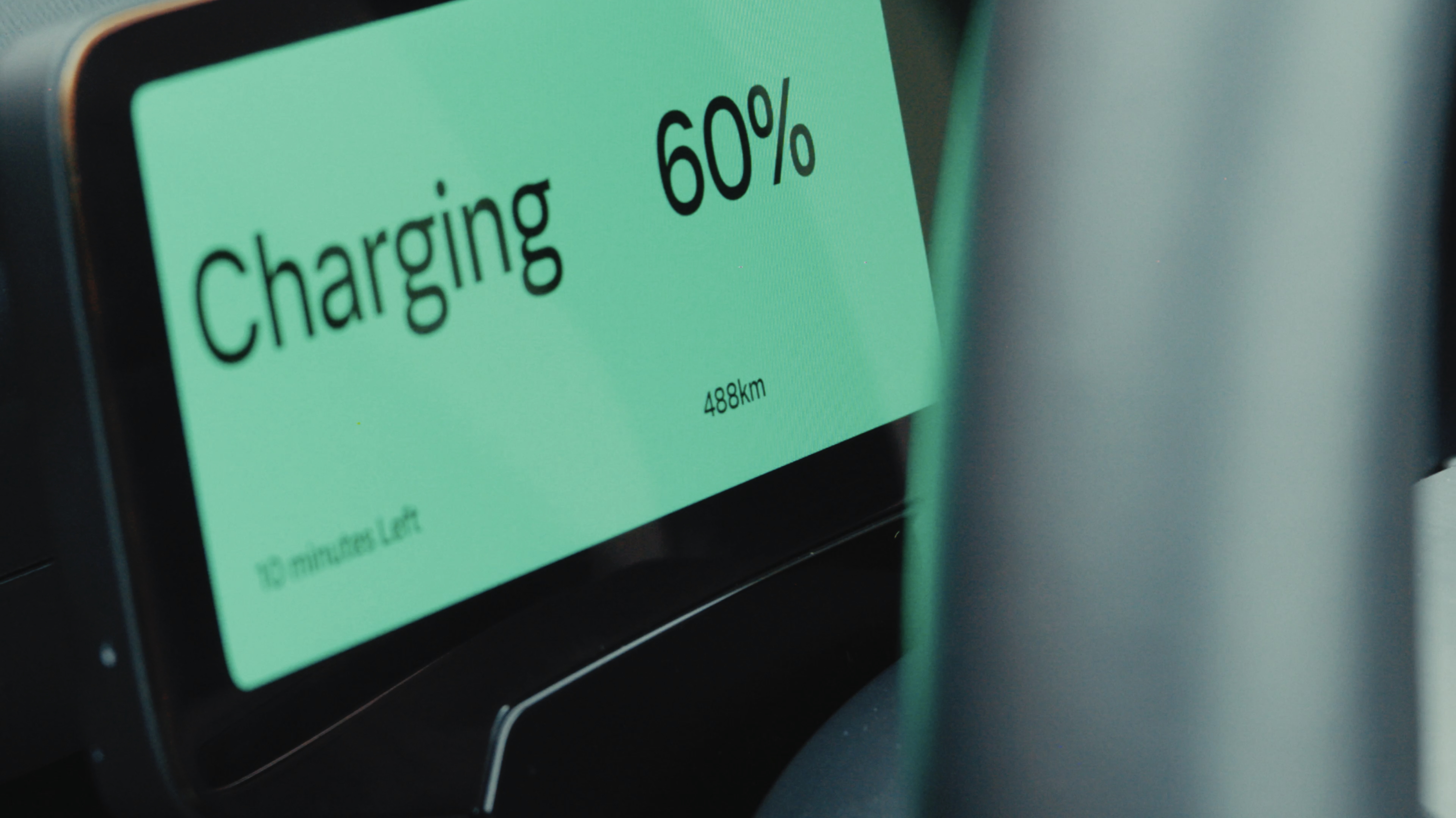 Volvo’s quest for safety has resulted in this new, ultra-legible in-car typeface, Volvo Centum
Volvo’s quest for safety has resulted in this new, ultra-legible in-car typeface, Volvo CentumDalton Maag designs a new sans serif typeface for the Swedish carmaker, Volvo Centum, building on the brand’s strong safety ethos
-
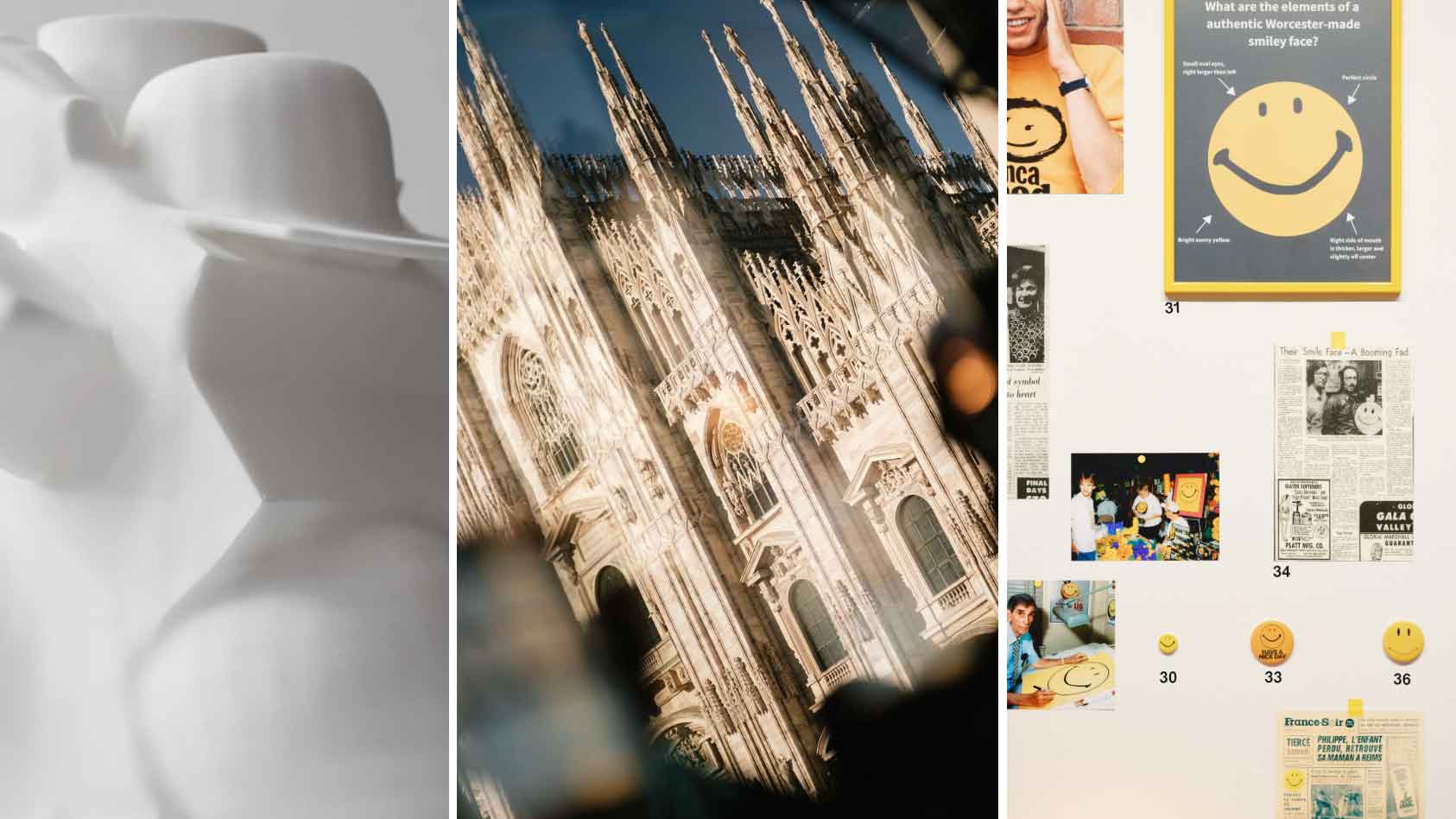 We asked six creative leaders to tell us their design predictions for the year ahead
We asked six creative leaders to tell us their design predictions for the year aheadWhat will be the trends shaping the design world in 2026? Six creative leaders share their creative predictions for next year, alongside some wise advice: be present, connect, embrace AI
-
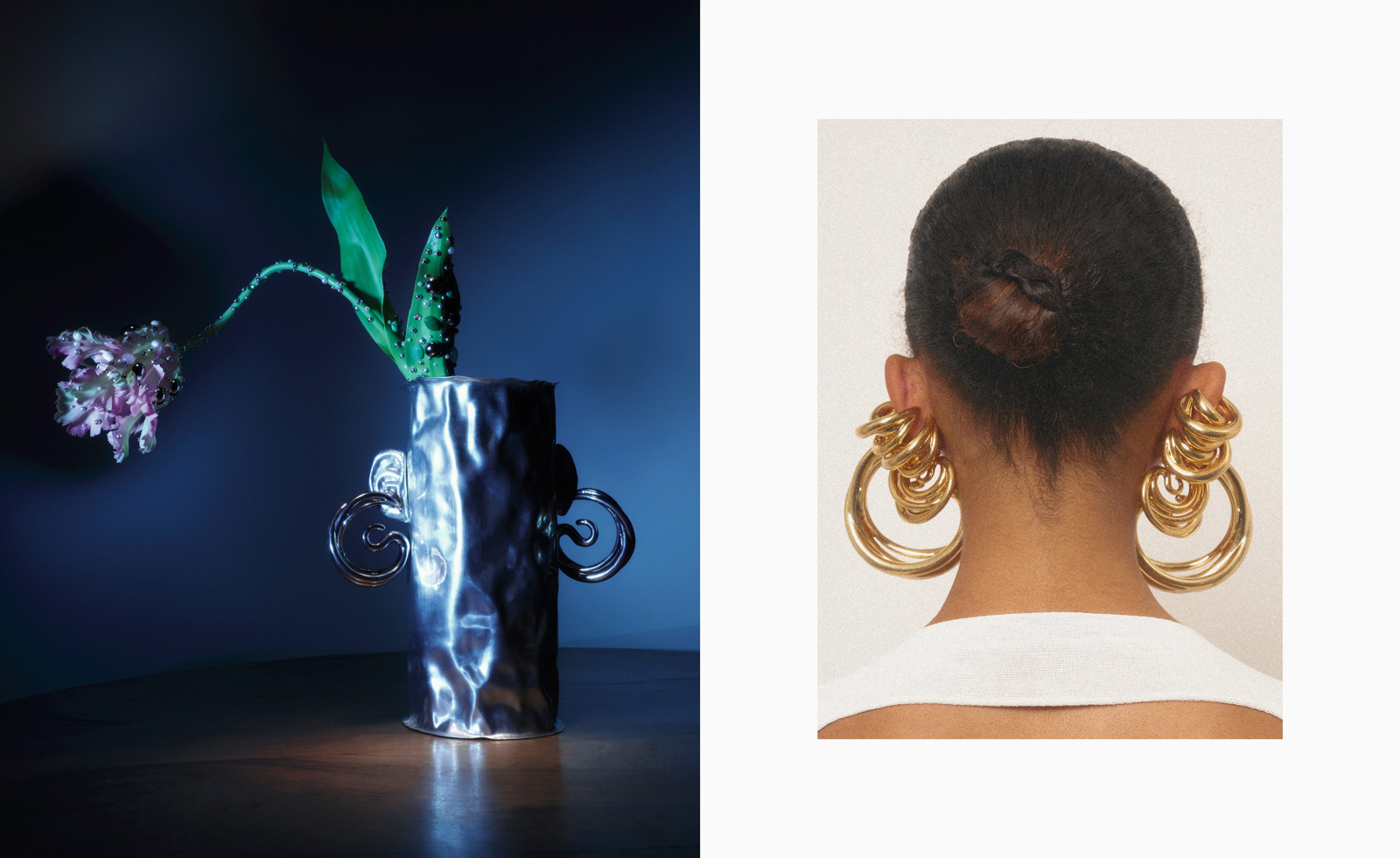 10 watch and jewellery moments that dazzled us in 2025
10 watch and jewellery moments that dazzled us in 2025From unexpected watch collaborations to eclectic materials and offbeat designs, here are the watch and jewellery moments we enjoyed this year
-
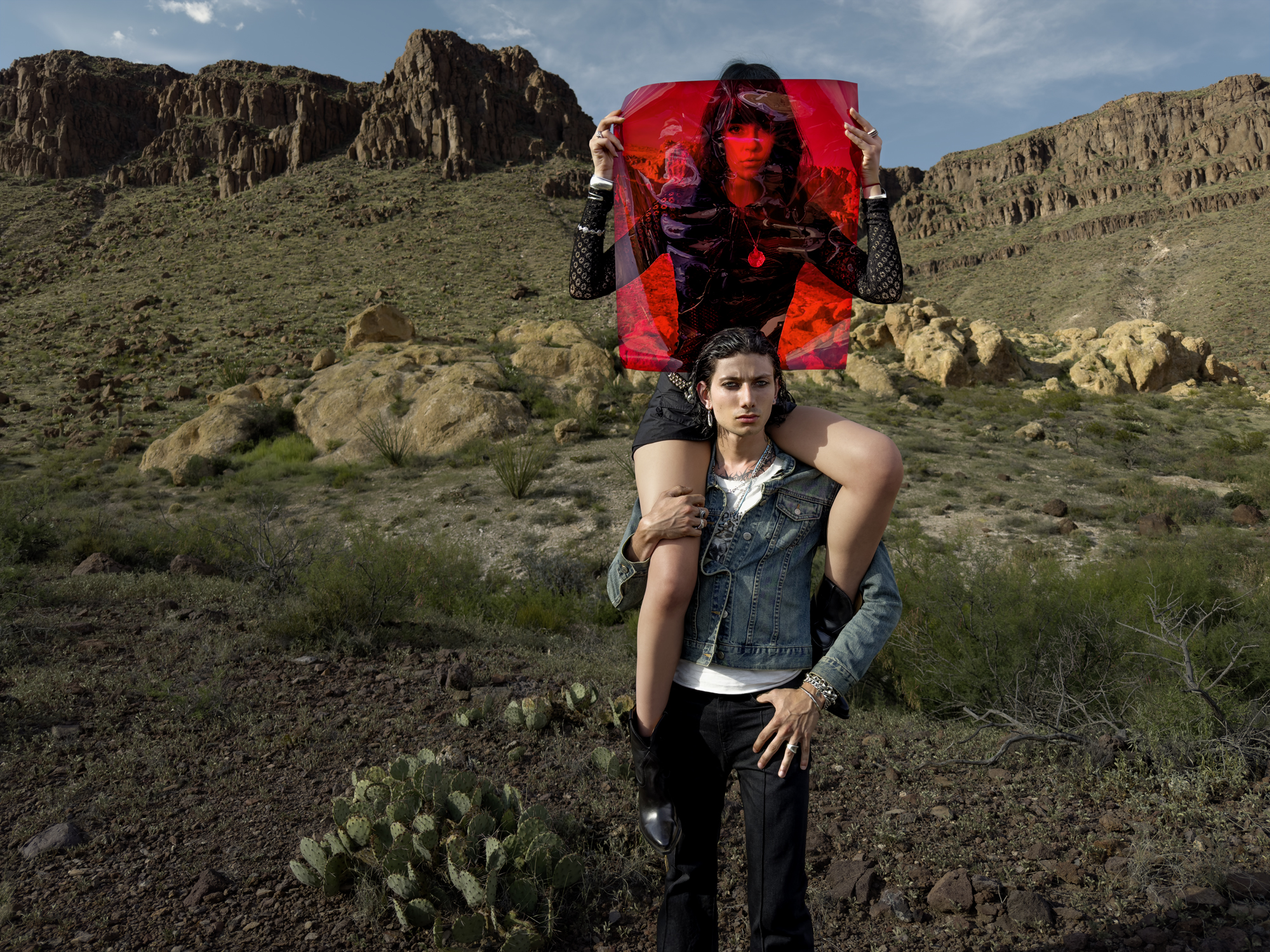 Inez & Vinoodh unveil romantic new photography series in Paris
Inez & Vinoodh unveil romantic new photography series in ParisA series of portraits of couple Charles Matadin and Natalie Brumley, created using an iPhone in Marfa, Texas, goes on show in Paris
-
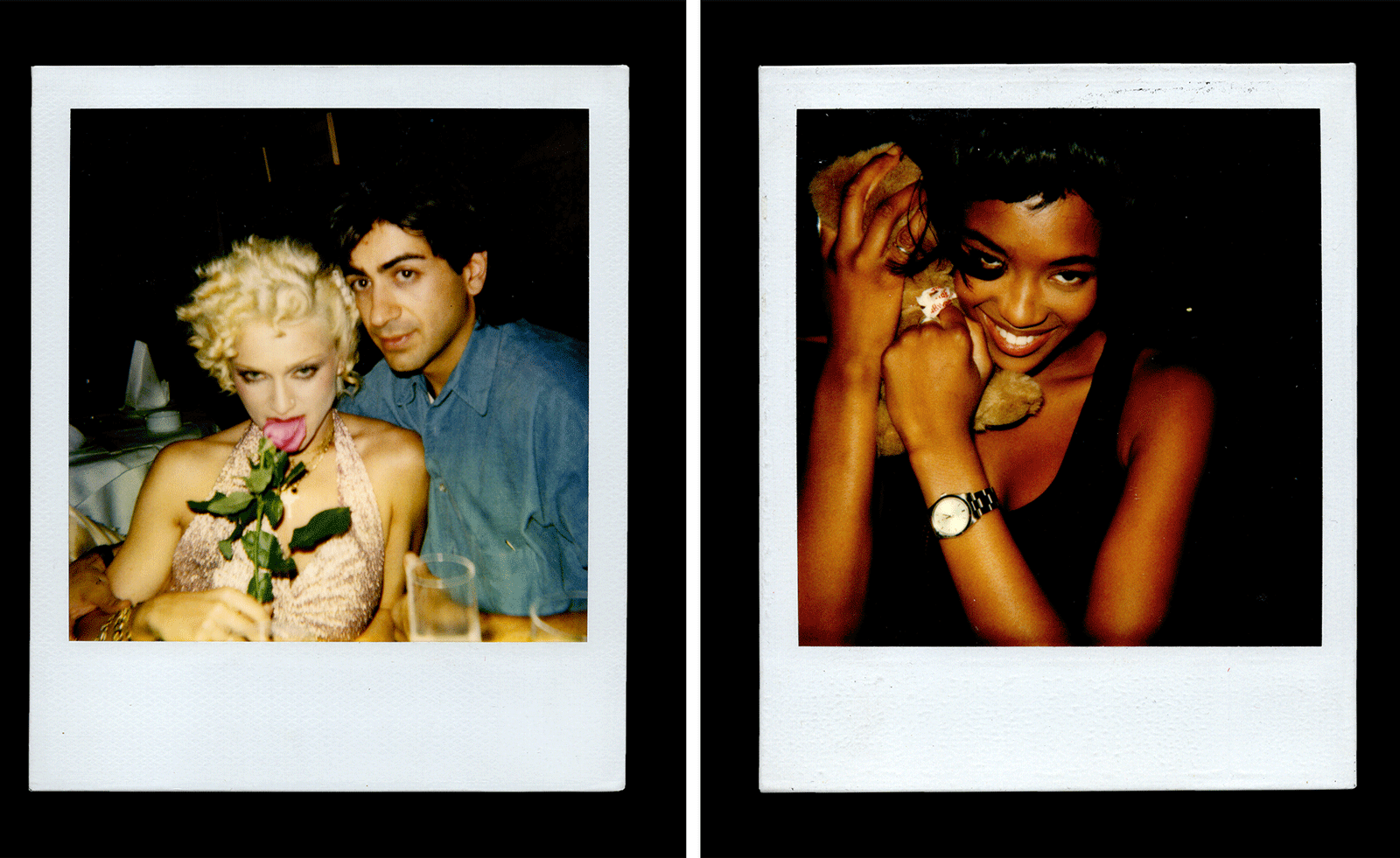 Inside Davé, Polaroids from a little-known Paris hotspot where the A-list played
Inside Davé, Polaroids from a little-known Paris hotspot where the A-list playedChinese restaurant Davé drew in A-list celebrities for three decades. What happened behind closed doors? A new book of Polaroids looks back
-
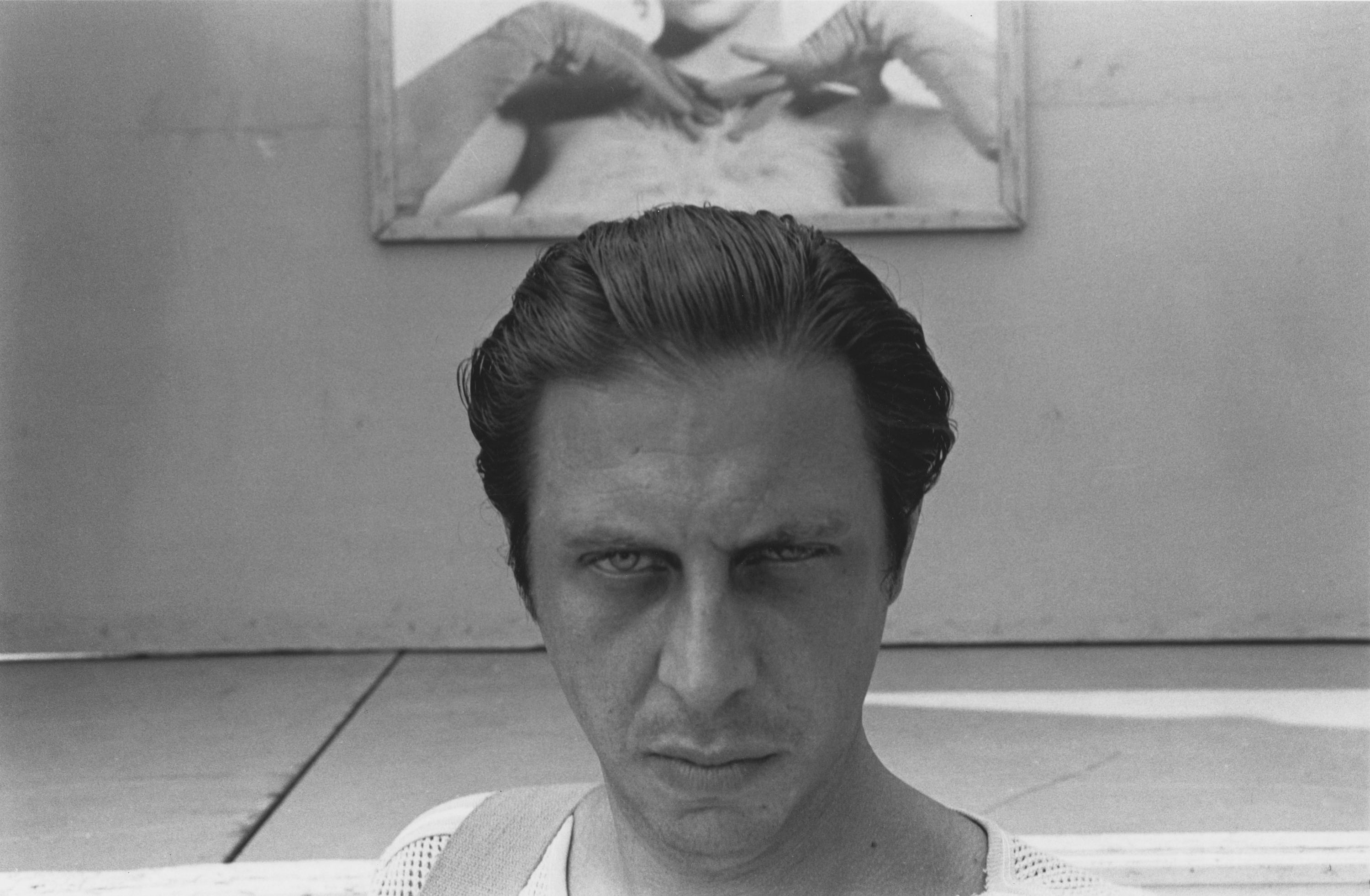 All eyes on Paris Photo 2025 – focus on our highlights
All eyes on Paris Photo 2025 – focus on our highlightsThe world's most important international photography fair brings together iconic and emerging names, galleries large and small – and there’s much to covet
-
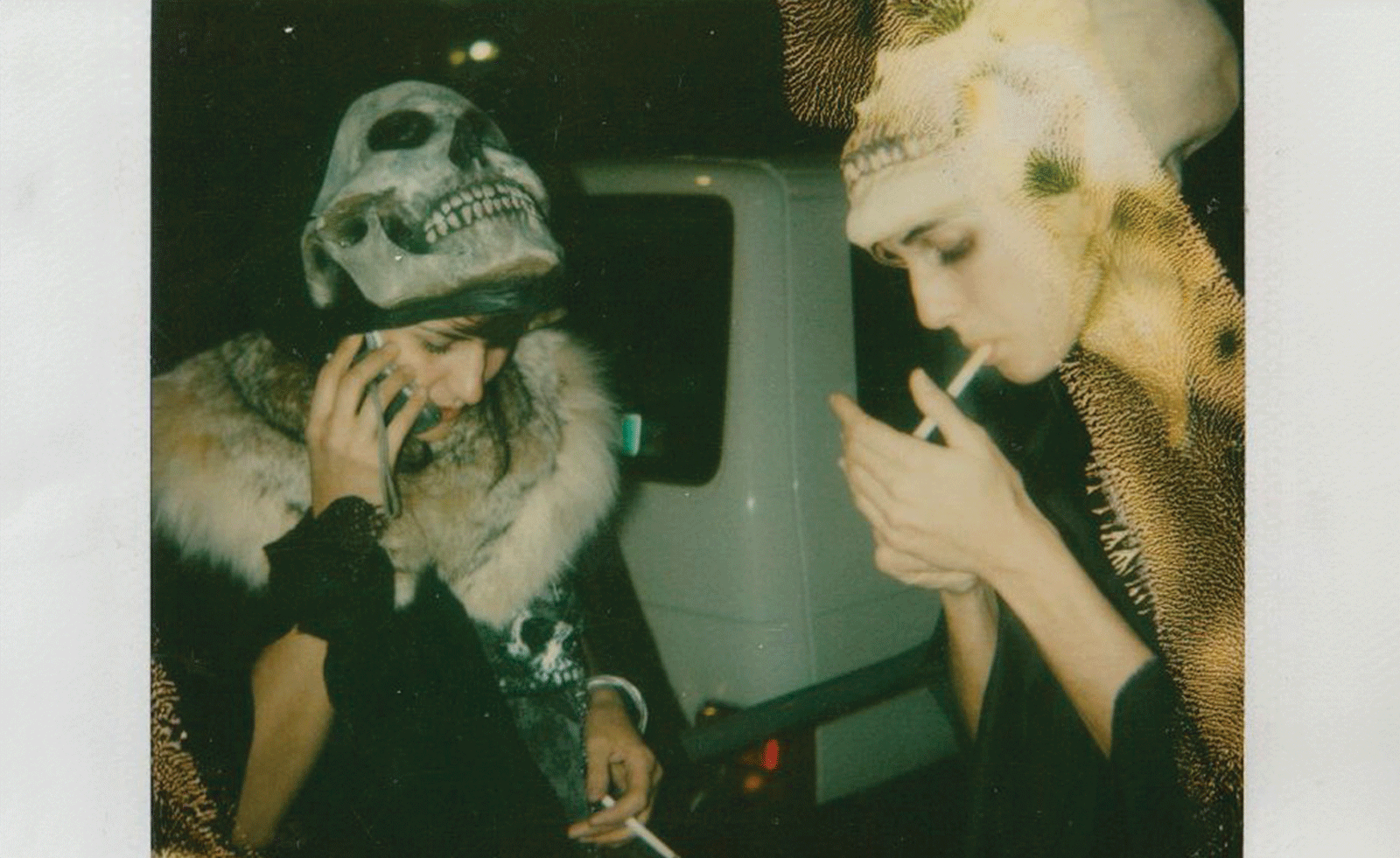 Ten things to see and do at Art Basel Paris 2025
Ten things to see and do at Art Basel Paris 2025Art Basel Paris takes over the city from 24-26 October. Here are the highlights, from Elmgreen & Dragset to Barbara Kruger and Dash Snow
-
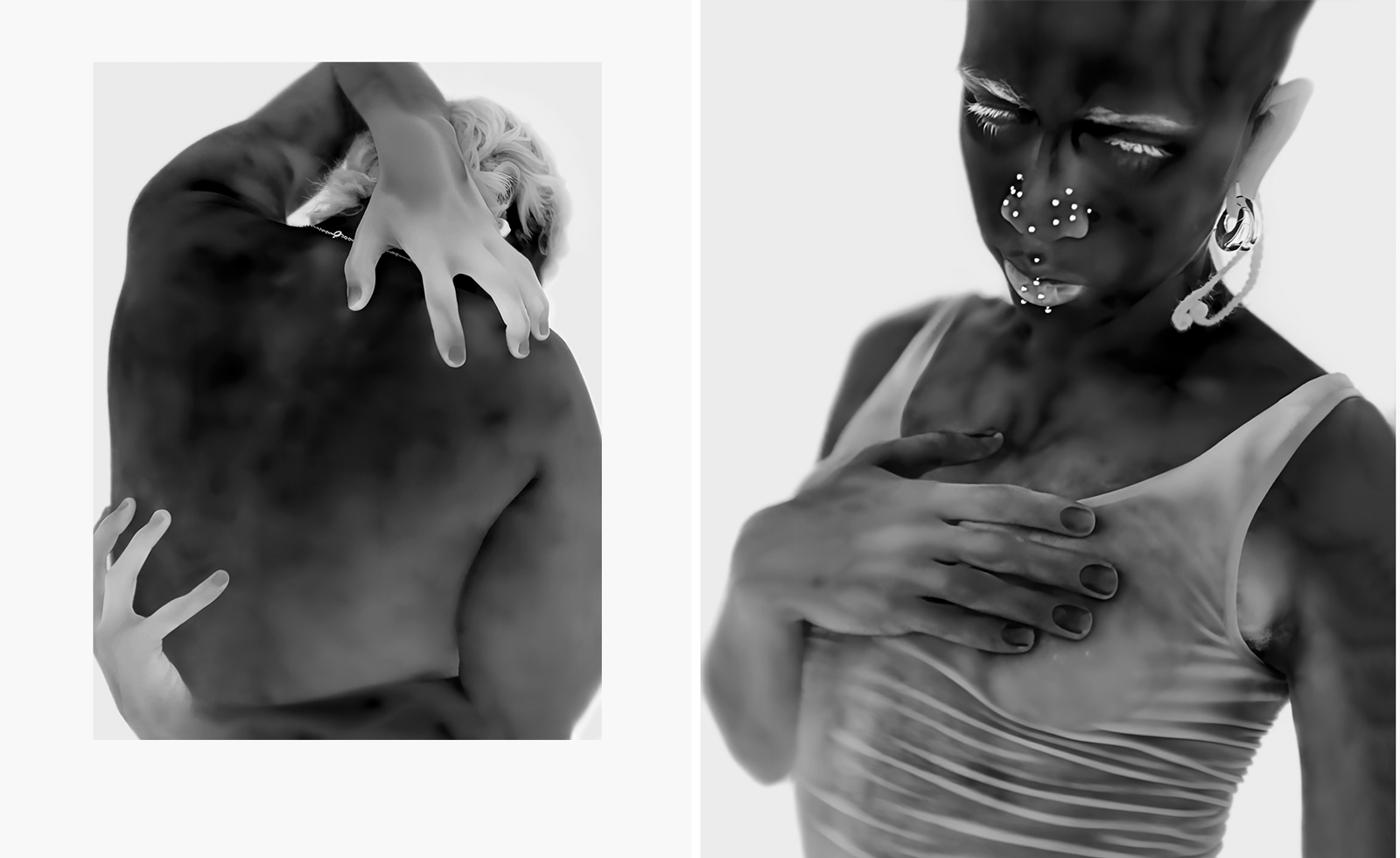 Yulia Mahr digs beneath the skin in her modern update of classic Greek statues in Paris
Yulia Mahr digs beneath the skin in her modern update of classic Greek statues in ParisIn 'The Church of Our Becoming', on view at the Courtyard at Dover Street Market Paris, Yulia Mahr celebrates real human bodies
-
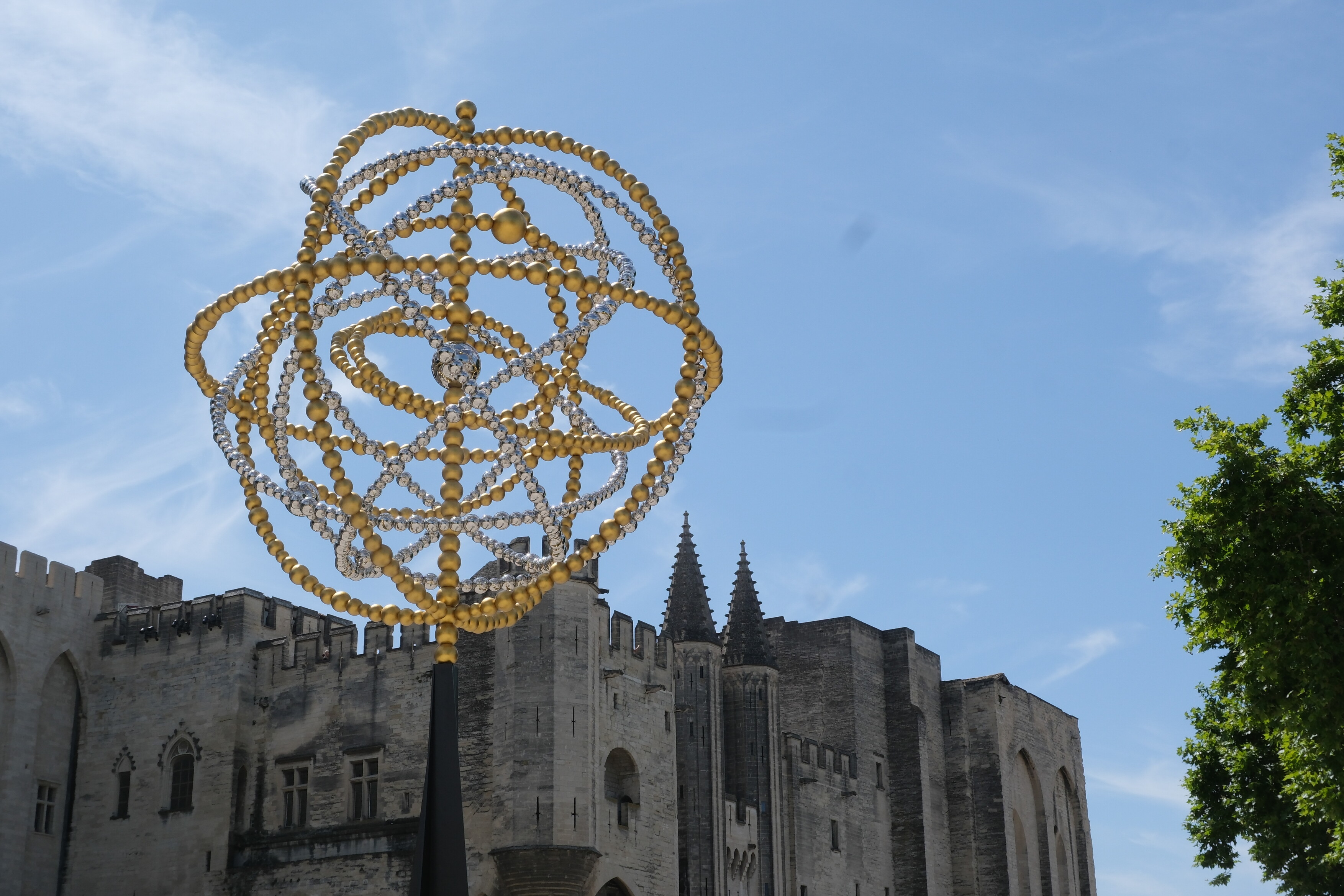 Jean-Michel Othoniel takes over Avignon for his biggest ever exhibition
Jean-Michel Othoniel takes over Avignon for his biggest ever exhibitionOriginally approached by Avignon to mark their 25th anniversary as the European Capital of Culture, Jean-Michel Othoniel more than rose to the challenge, installing 270 artworks around the city
-
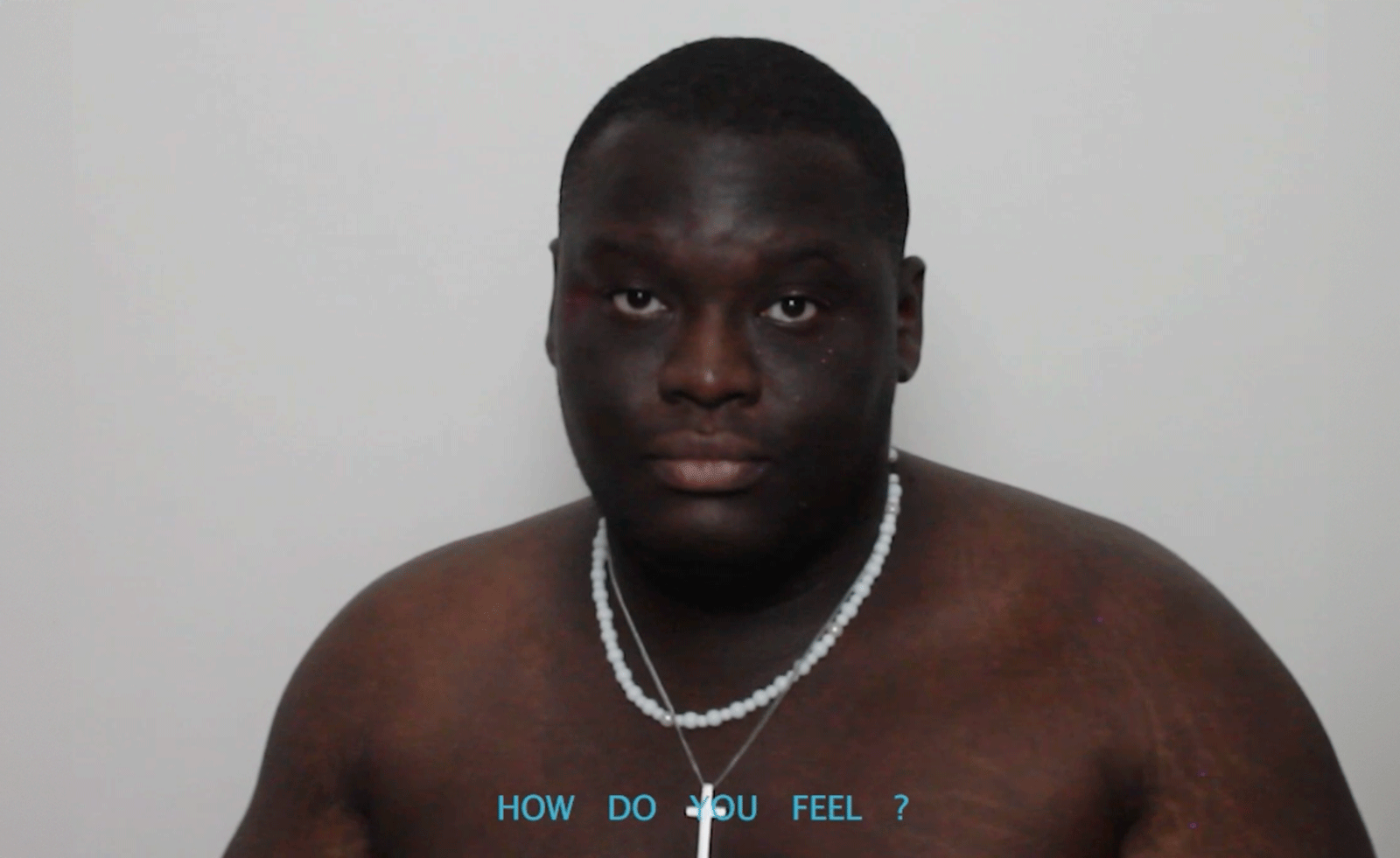 Joel Quayson’s winning work for Dior Beauty at Arles considers the theme ‘Face-to-Face’ – watch it here
Joel Quayson’s winning work for Dior Beauty at Arles considers the theme ‘Face-to-Face’ – watch it hereQuayson, who has won the 2025 Dior Photography and Visual Arts Award for Young Talents at Arles, imbues his winning work with a raw intimacy
-
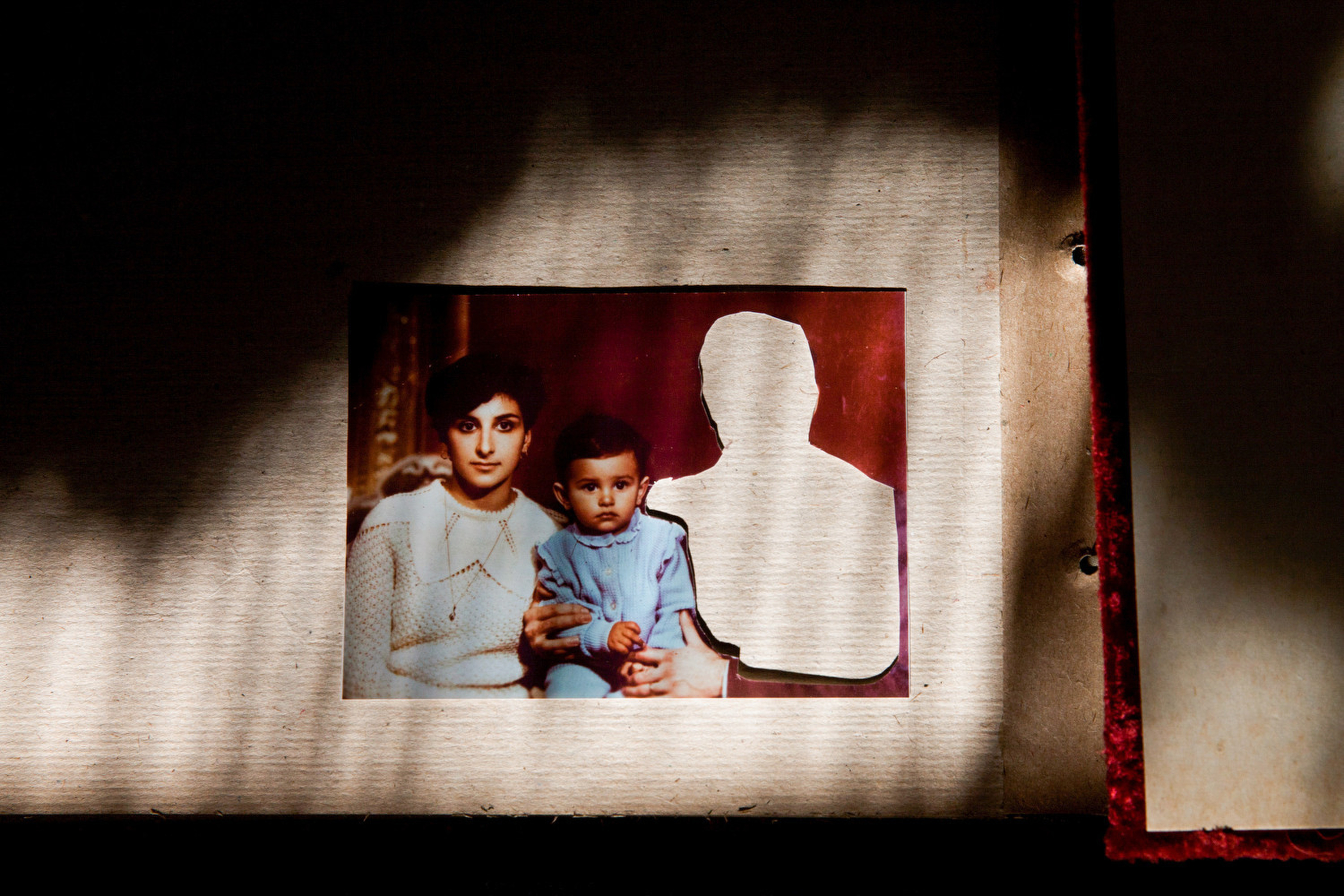 What to see at Rencontres d’Arles 2025, questioning power structures in the state and family
What to see at Rencontres d’Arles 2025, questioning power structures in the state and familySuppressed memories resurface in sharply considered photography at Rencontres d'Arles 2025. Here are some standout photographers to see